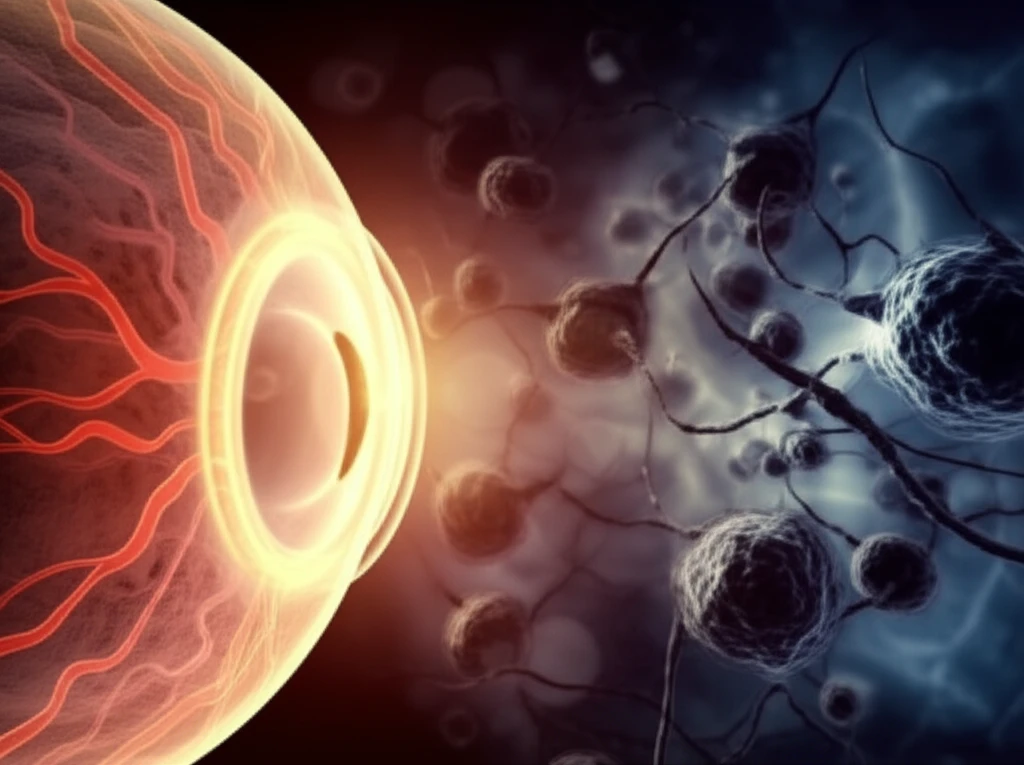
Simvastatin: A Ray of Hope for Optic Nerve Injury and Glaucoma?
"Research suggests this common medication may protect retinal cells by taming inflammation, potentially offering new treatments for vision loss."
Vision loss due to optic nerve damage is a major concern, affecting millions worldwide. Conditions like glaucoma, a leading cause of irreversible blindness, involve the gradual deterioration of the optic nerve, which transmits visual information from the eye to the brain. Finding ways to protect and preserve these nerve cells is a critical area of research.
Neuroinflammation, the body's inflammatory response within the nervous system, has been identified as a significant contributor to the death of retinal ganglion cells (RGCs) after optic nerve injury. Scientists are exploring strategies to dampen this inflammation, hoping to rescue these vital cells and prevent further vision loss.
Simvastatin, a widely prescribed medication for lowering cholesterol, has shown promise beyond its traditional use. Emerging research suggests it possesses neuroprotective properties, potentially shielding retinal ganglion cells from damage by suppressing inflammation. This article explores the fascinating possibility of using simvastatin to combat optic nerve injury and conditions like glaucoma.
How Simvastatin Could Save Your Sight: Taming the Inflammatory Fire

A study published in PLOS ONE investigated the effects of simvastatin on optic nerve injury in rats. Researchers administered simvastatin to one group of rats and a placebo to another, then crushed the optic nerves of both groups. They found that simvastatin significantly reduced neuroinflammation in the optic nerve and rescued retinal ganglion cells from death.
- Reduced Inflammation: Simvastatin decreased the accumulation of inflammatory cells (microglia/macrophages) at the site of injury.
- Suppressed NF-kB Activation: It inhibited the activation of NF-kB, a key protein complex that controls the expression of genes involved in inflammation. By tamping down NF-kB, simvastatin curbed the production of inflammatory molecules.
- Protected Retinal Ganglion Cells: Simvastatin significantly increased the survival of RGCs, the nerve cells responsible for transmitting visual information.
- Modulated Gene Expression: The drug altered the expression of genes associated with inflammation, further supporting its anti-inflammatory effects.
A Promising Future for Vision Protection?
While this research is promising, it's important to remember that it's still in its early stages. Further studies are needed to confirm these findings in humans and determine the optimal dosage and delivery method for simvastatin. However, the potential for this widely available medication to protect against optic nerve damage offers a ray of hope for individuals at risk of vision loss from glaucoma and other optic neuropathies. If future clinical trials are successful, simvastatin could become a valuable tool in the fight against blindness.
